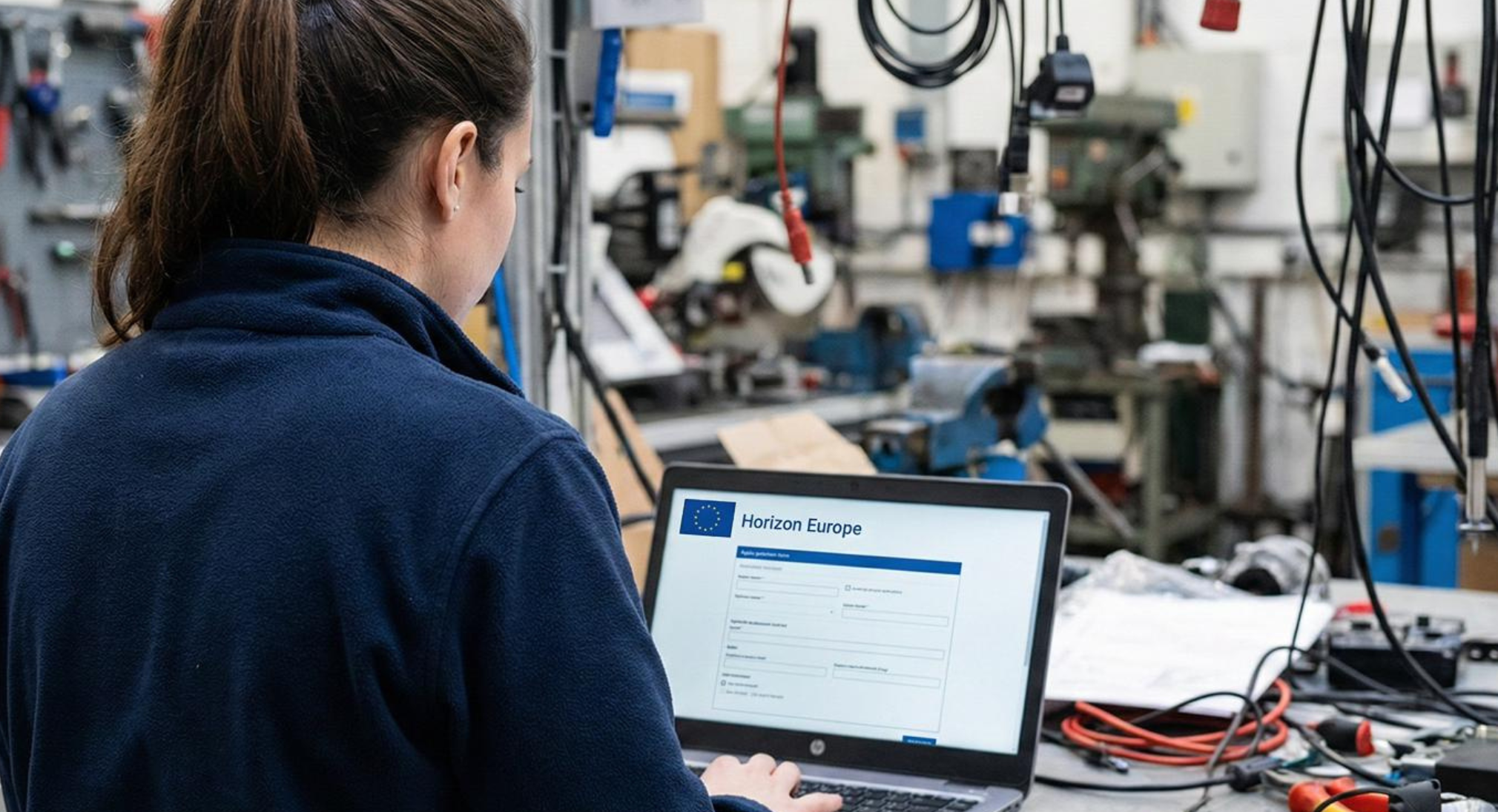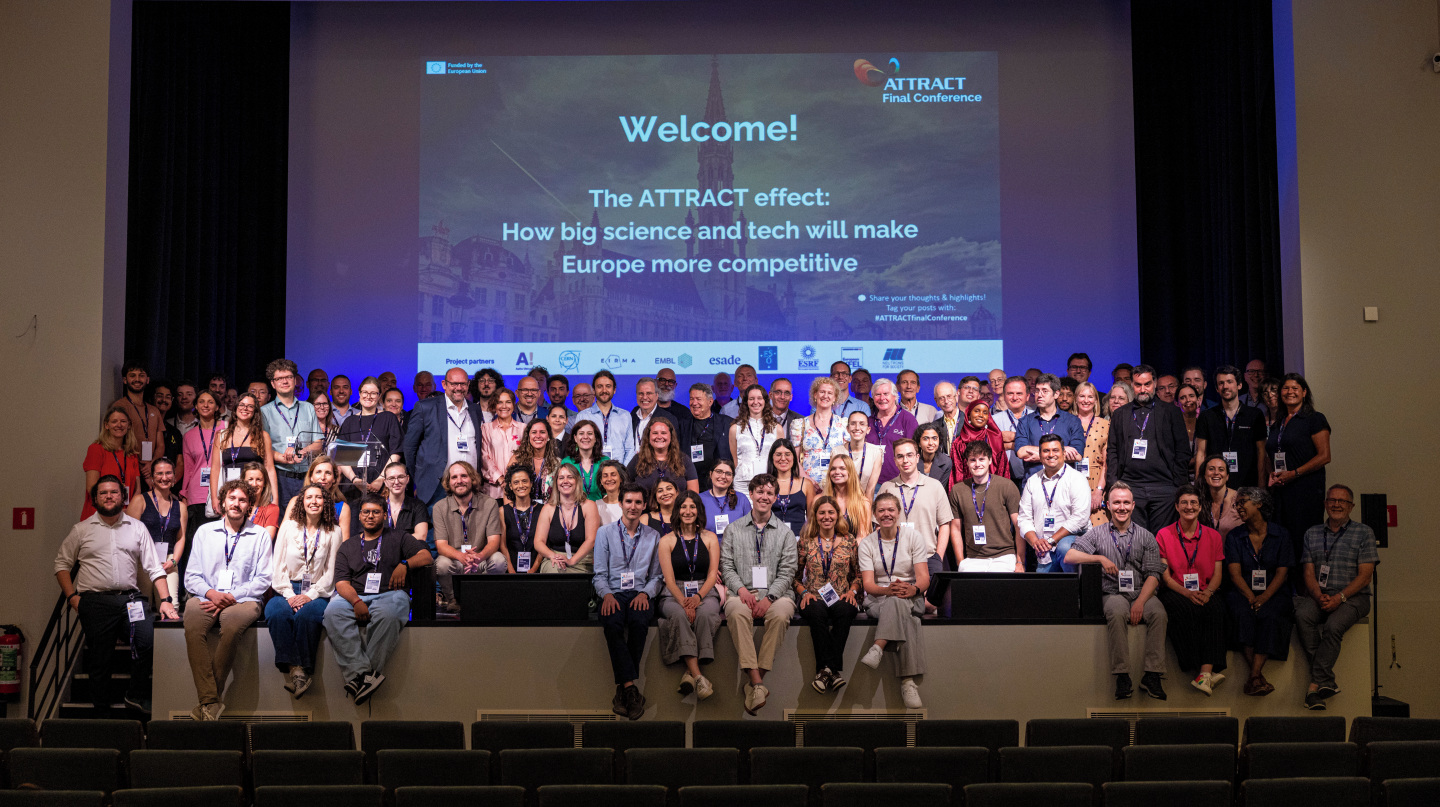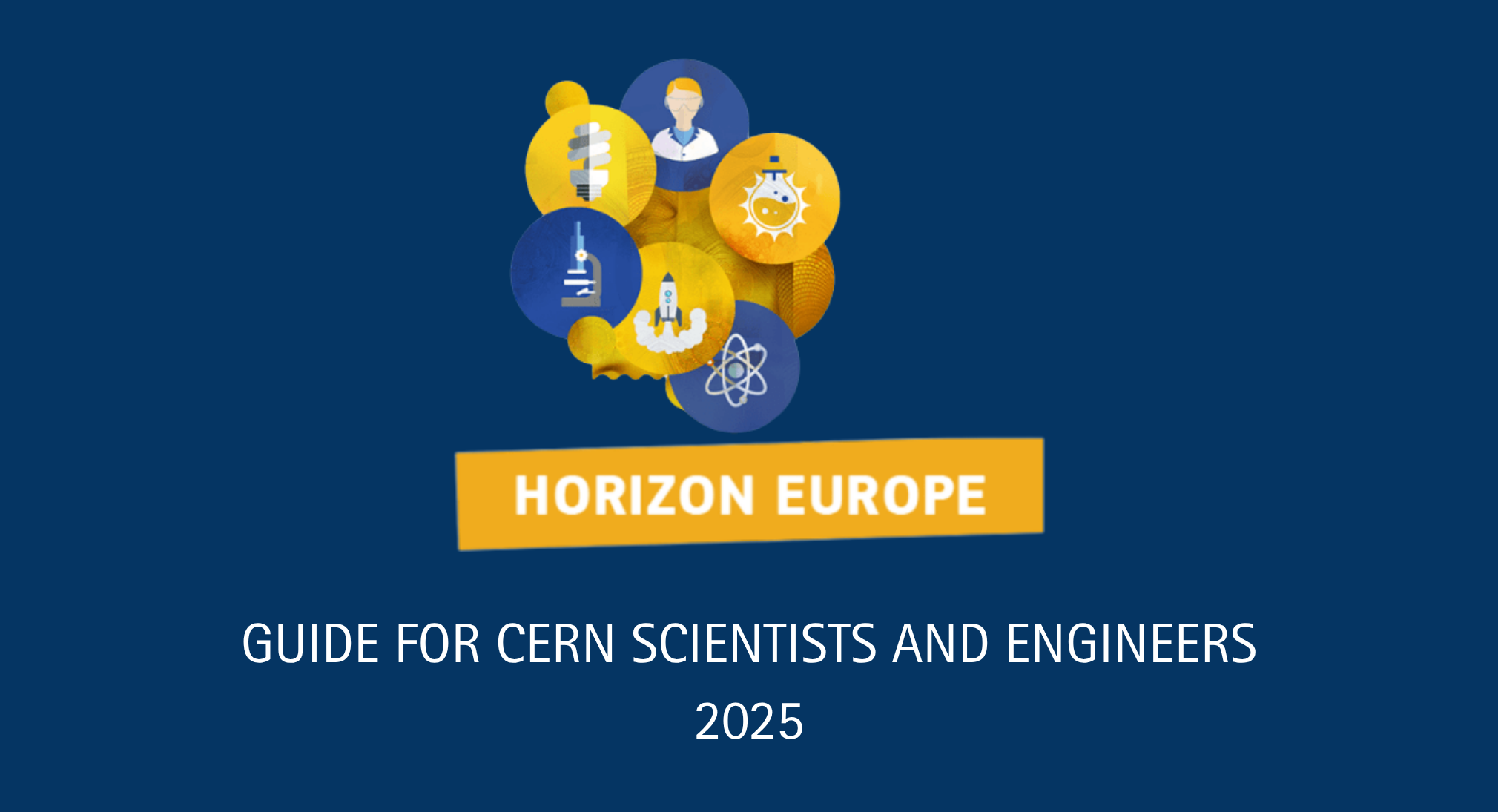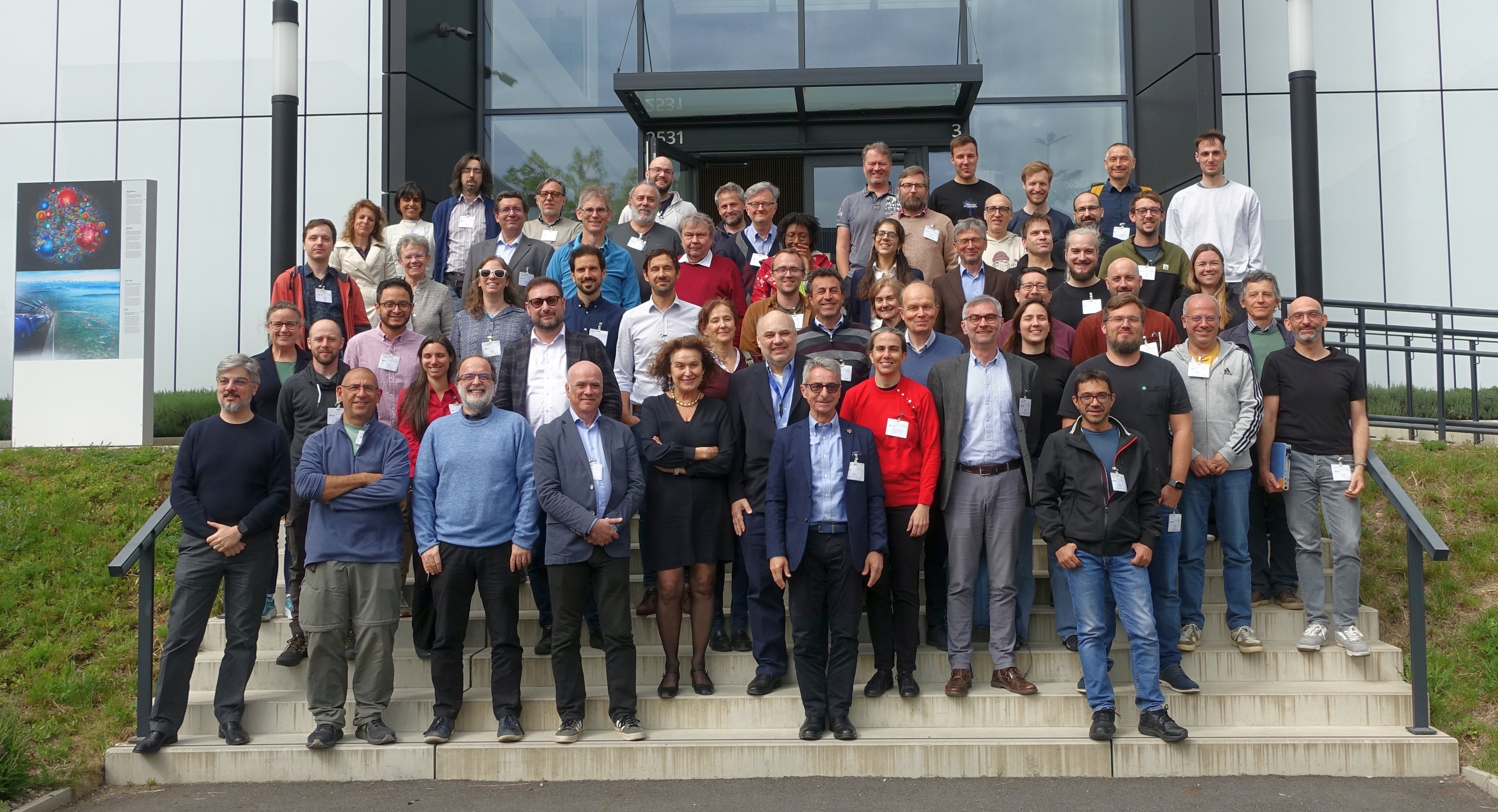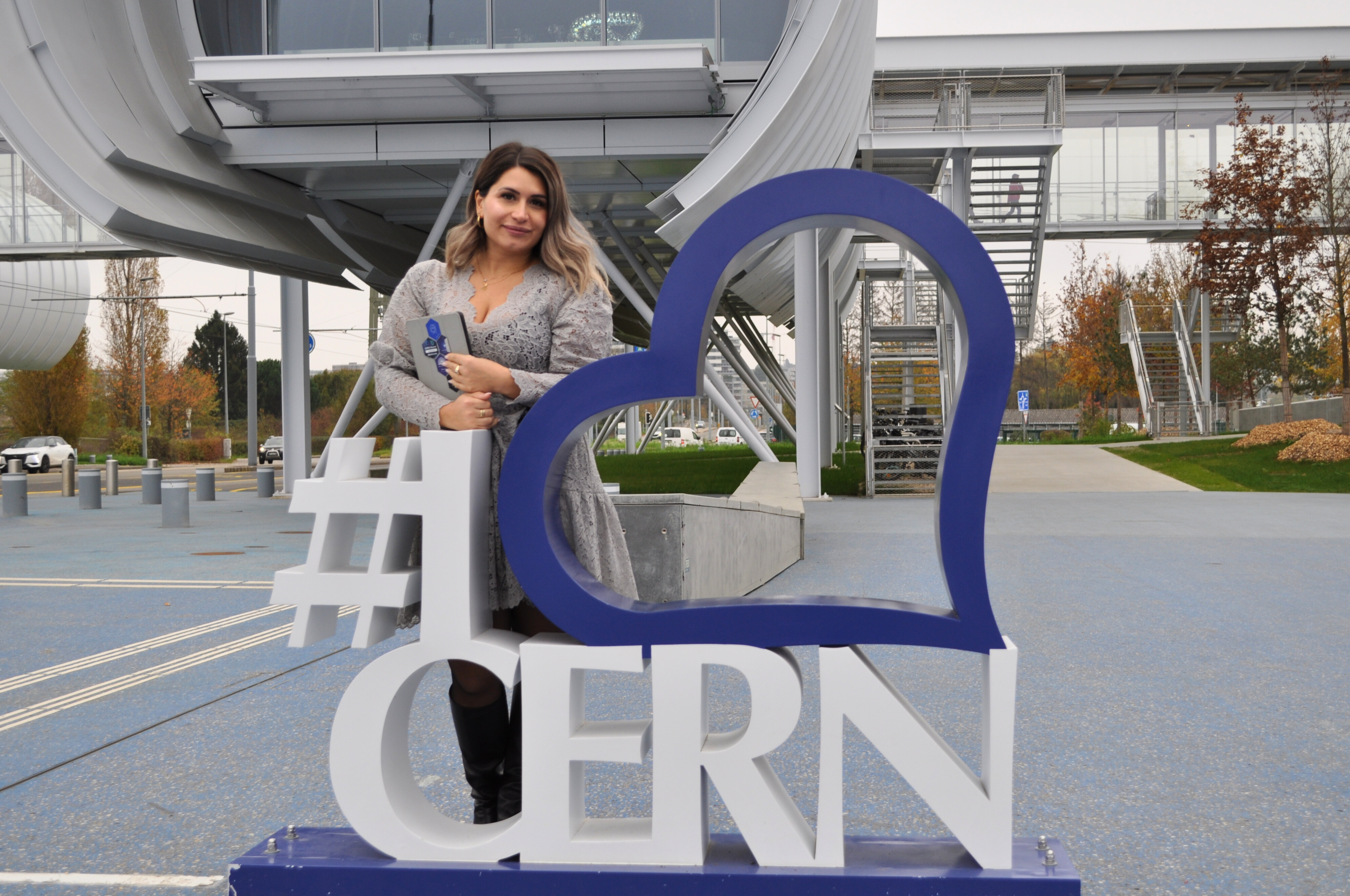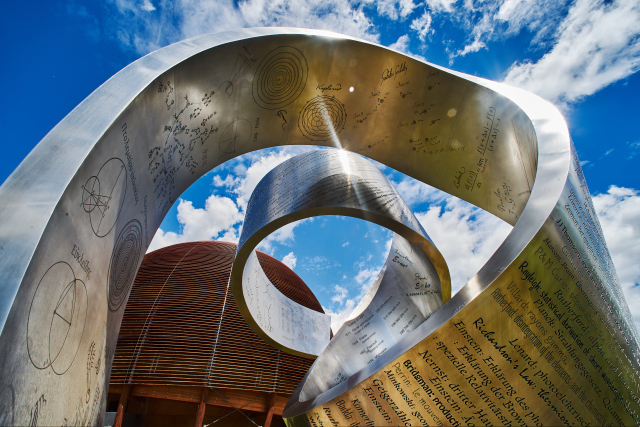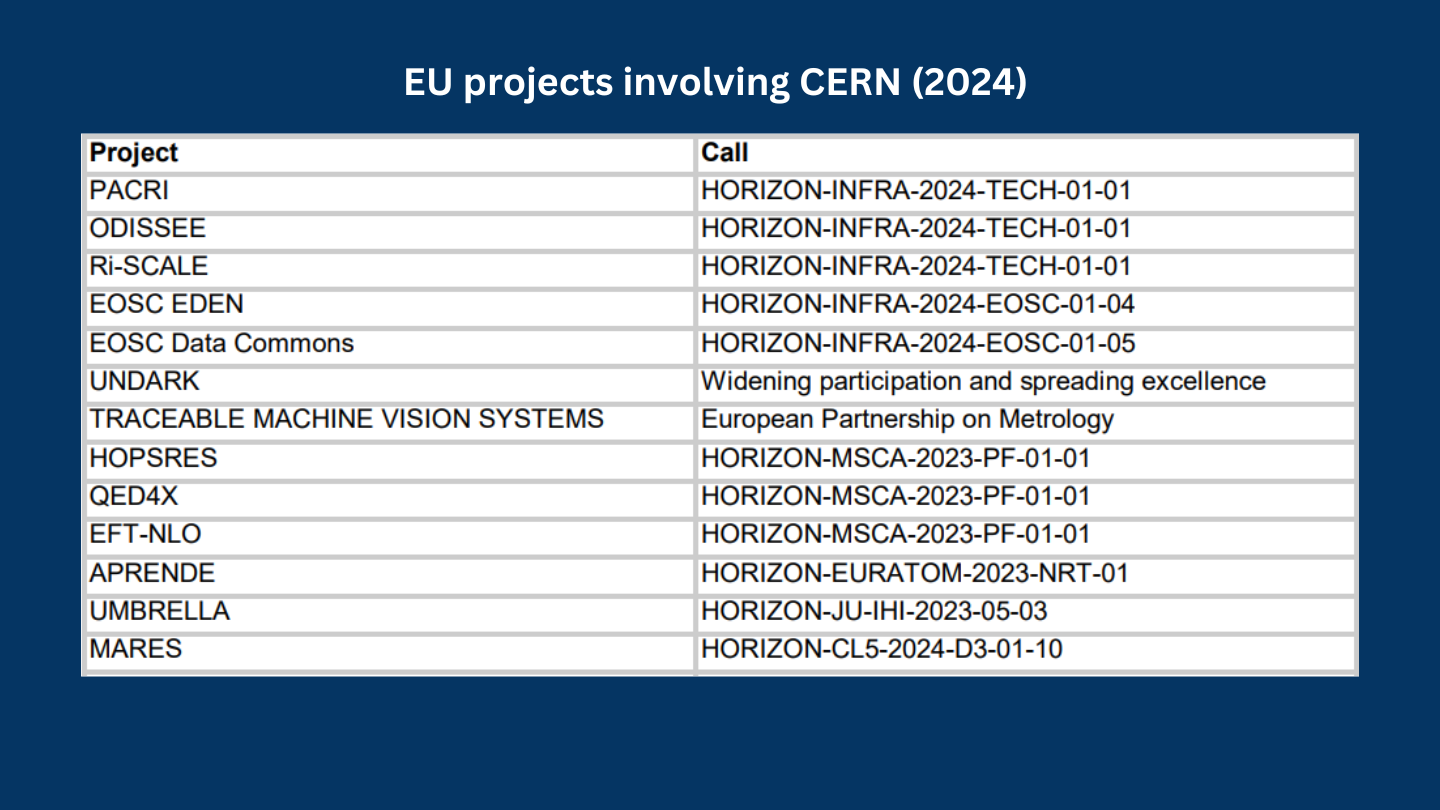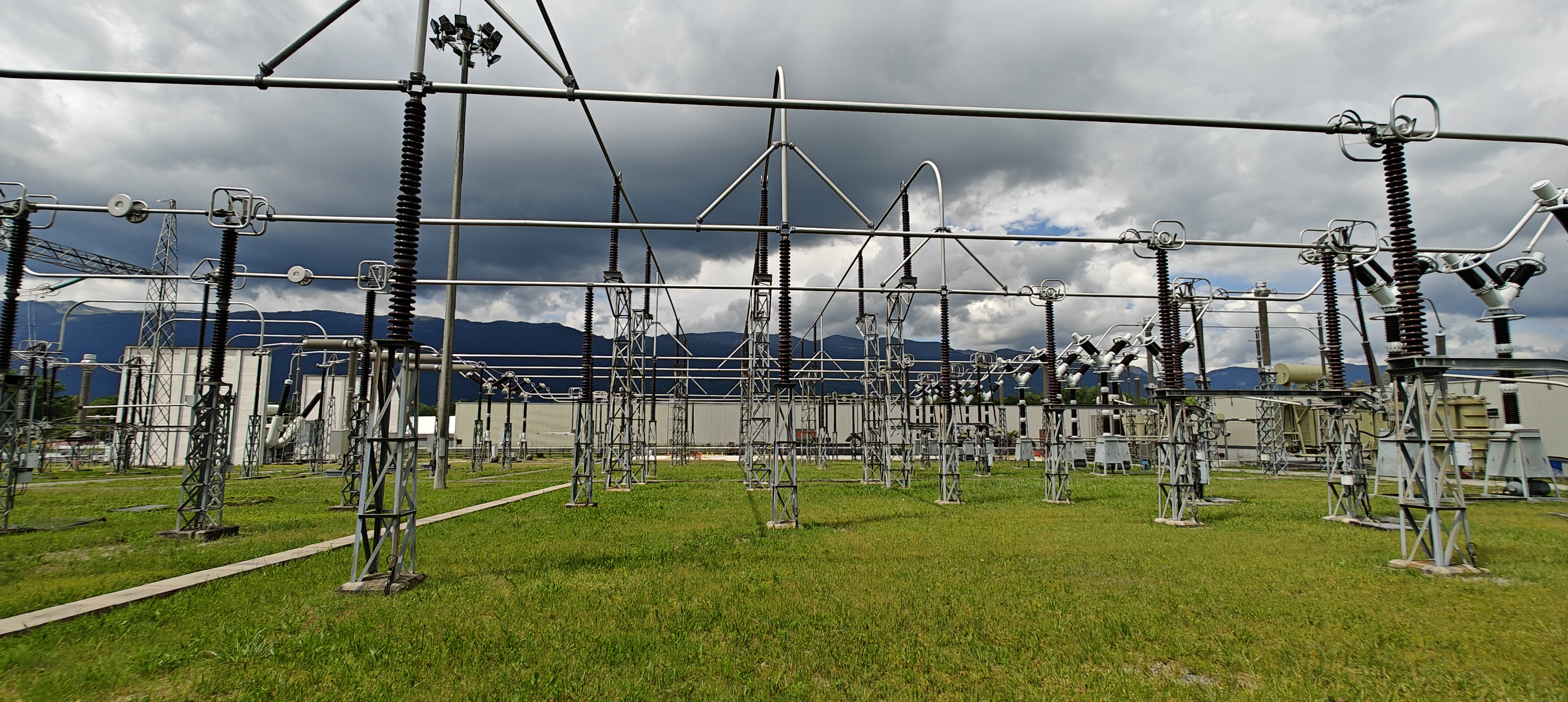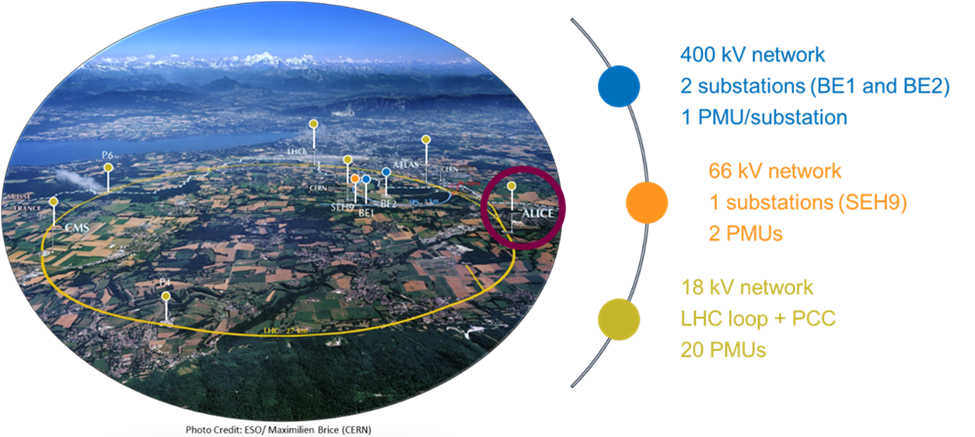Barbara Rusconi, project manager and financial analyst at CERN
Barbara Rusconi has been managing the finances of projects funded by the European Union that CERN is a part of since 2017.
In her role as project manager and financial analyst, she works closely with CERN’s EU Projects office to oversee the budgets, expenses and financial reports of some 20 different EU projects.
In this interview, she breaks down the difference between her job and the one carried out by EU support officers, talks about the EU projects she believes can have a positive impact on the world, and explains why she thinks it is not just scientists who make CERN special.
This is the first article in a new ‘meet the team’ series aimed at introducing the members of CERN’s EU Projects Office and sharing their perspectives on their work, CERN, science, EU projects and more.
Tell me about what your job entails?
My job consists of following up all EU-funded projects from a financial point of view. That means from the proposal stage until we receive the final payment.
There are six phases in my job. The first is meeting with the head scientist to prepare the right budget for the proposal. The second phase only goes ahead if the proposal is accepted and the project receives funding. At this point, we receive the first payment from the funder – often the European Commission via the Horizon Europe programme – and we divide the budget into material and personnel, in other words sorting out the budget on the CERN system. Then, during the lifetime of the project, we manage regular payments for expenses and submit financial reports to track expenditures. Those are the third and fourth phases. The fifth phase is preparing documents for audits, which are required for projects that receive over €430,000. The last phase is preparing the final financial report, which, when approved, grants us access to the final payment of the budget.
What is the biggest challenge in your job?
I manage around 20 projects in total, and I get all sorts of questions – it could be about employing new staff, paying for equipment and everything in between! It’s natural that some requests for changes get made during a project’s lifetime, but some requests can trigger a complete reset of the process and the budget. It is my role to communicate this and ensure that departments and project leaders understand the pathway to follow.
How is what you do different to what those working in the EU Projects office do?
Normally a project has three sides; the content side where scientists or engineers carry out the work planned in the project, the administrative side, which deals with making sure all the milestones and deliverables of the project are met and that the project stays on track, and the financial side, where I work and take care of all the budgetary aspects.
If a CERN scientist or engineer is interested in applying for EU funding, should they contact you or the EU Projects office?
It depends what their question is. If it is an administrative question, I will direct them to the EU Projects office as they have an extensive knowledge of the administrative issues of EU projects. Whereas if they have a financial question, I can help them. In any case, I will be able to direct them to the appropriate person. We can say that the two roles of EU Office and External Grants are complementary, we complete each other, and make sure that EU projects are implemented following EU and CERN rules.
What are some of your favourite projects that you are managing right now?
Currently, I have three favourite projects:
- The FCCIS (Future Circular Collider Innovation Study), which ended recently, was about the feasibility to build the FCC. It is fascinating to be able to contribute to the birth of such a big effort that could revolutionise what we know about science today.
- RADNEXT (RADiation facility Network for the EXploration of effects for indusTry and research) which makes CERN’s irradiation facility available to different users. I enjoy working on this because it is a large project with over 30 beneficiaries around Europe. It requires all tasks to be repeated by each of them and it is a great opportunity to learn.
- The TRUSTroke (Trustworthy AI For Improvement of Stroke Outcomes) project works on a novel AI-based tool that detects pathologies in the brain and predicts the risk of disease recurrence. Being a part of the pieces working towards the goal of this project puts me in contact with groups at CERN which I normally do not have contact with. I find this enriching and it also helps to build connections.
From the outside, people tend to view CERN as being a place for particle physicists. What is your perspective on that?
CERN’s main mission is exploring the fundamental particles of the universe, and of course for that you need theoretical physicists or applied physicists. But CERN is much more than that.
There are entirely different worlds behind physics that allow the CERN machine to work. There are extremely talented people working in financial services, business administration, translation, legal services, community management, communications and many more! It takes all kinds of profiles to make CERN what it is today, and I think it’s really important that we all recognise and share this success.
